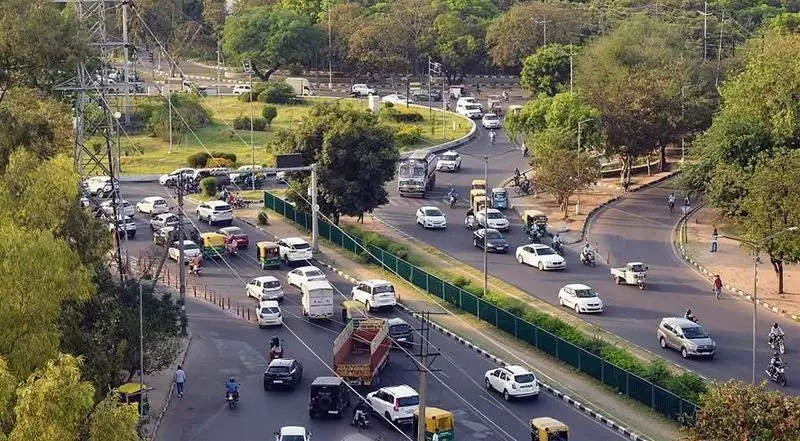
While much of North India continues to choke under hazardous air conditions, Chandigarh has emerged as a relative oasis of breathable air. The latest air quality monitoring data reveals a tale of two realities across the northern states.
The Air Quality Divide
Chandigarh recorded a 'Moderate' Air Quality Index (AQI) reading, providing some relief to residents who have been battling seasonal pollution. However, the situation remains grim in the surrounding regions, with Delhi, Haryana, and Punjab all registering 'Very Poor' air quality levels that pose significant health risks.
Understanding the AQI Categories
The stark contrast between 'Moderate' and 'Very Poor' air quality represents more than just numbers—it's the difference between manageable conditions and serious health hazards:
- Moderate AQI (Chandigarh): Air quality is acceptable, though there may be moderate health concern for a very small number of people who are unusually sensitive to air pollution
- Very Poor AQI (Delhi, Haryana, Punjab): The air quality can trigger respiratory illness on prolonged exposure, with health impacts becoming more serious for people with lung and heart diseases
Health Implications for Residents
Medical experts are particularly concerned about the 'Very Poor' air quality affecting millions across Delhi, Haryana, and Punjab. The high concentration of PM2.5 particles—microscopic pollutants that can penetrate deep into the lungs—poses serious health threats, especially for vulnerable groups including children, elderly citizens, and those with pre-existing respiratory conditions.
What's Behind Chandigarh's Better Air?
Environmental analysts suggest several factors may be contributing to Chandigarh's relatively better air quality compared to its neighbors. The city's planned infrastructure, green cover, and stricter enforcement of environmental regulations might be playing a crucial role in maintaining more breathable air.
Protective Measures Recommended
For residents in affected areas, health authorities recommend:
- Avoiding outdoor physical activities, especially during morning and evening hours
- Wearing N95 or equivalent masks when venturing outside
- Using air purifiers indoors, particularly in bedrooms
- Keeping windows closed during high pollution periods
- Staying hydrated and monitoring any respiratory symptoms
The ongoing air quality crisis highlights the urgent need for coordinated regional action to address the underlying causes of pollution across northern India.





